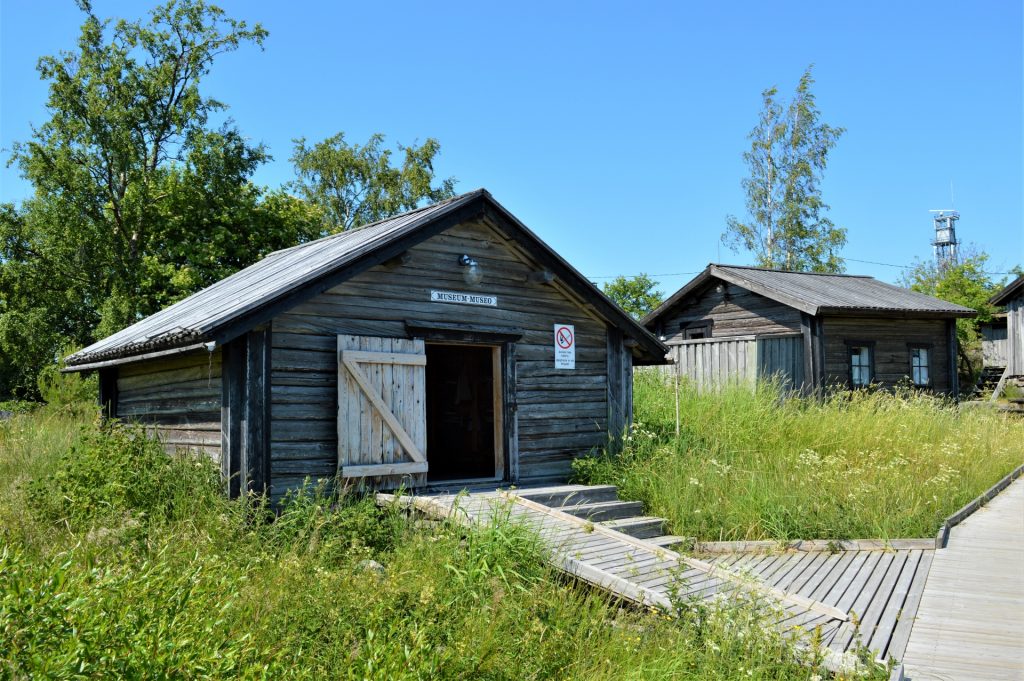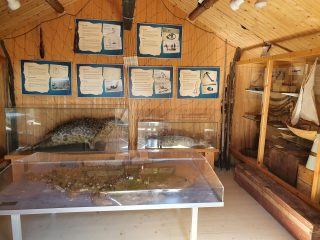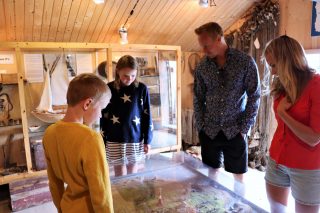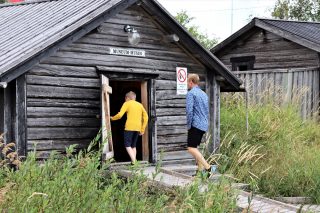The sealing museum on the island houses a large collection of sealing equipment. The museum is part of K.H. The Renlund Museum and admission is free. If the door is locked, ask for the key from the café.
Sealing was practised in Finland from at least as early as the Neolithic period (3000-1300 BCE). Sealing was traditionally practised along the Ostrobothnian coast and from early on became an important source of income for the peasants of the Kokkola region. Sealing’s importance was derived from the versatility of uses for the prey animal and the value of the products obtained from it. The most significant of these was seal oil, which was an important trade item. The first traces of sealing on Tankar area date from the 1330s.
Long-range seal hunting was based on travelling on the open sea. The sealing vessel served the hunters in a variety of ways: it was home, it was a sailing vessel, it was dragged across the ice, it was a store as well as a means of transporting the yield of the hunt. During the golden age of sealing the vessels were large, more than ten metres long and more than three metres wide. As the viability of sealing dwindled the size of the vessels decreased and a crew of eight was reduced to four. Typical sealing vessels had high, steep sterns and low, gently inclined bows to be easy to drag onto the ice. The keel was as wide as the stern so it would not wedge into the ice but press it beneath itself. The sealing vessel on Tankar was built in 1928 at Replot in the Vaasa archipelago.



